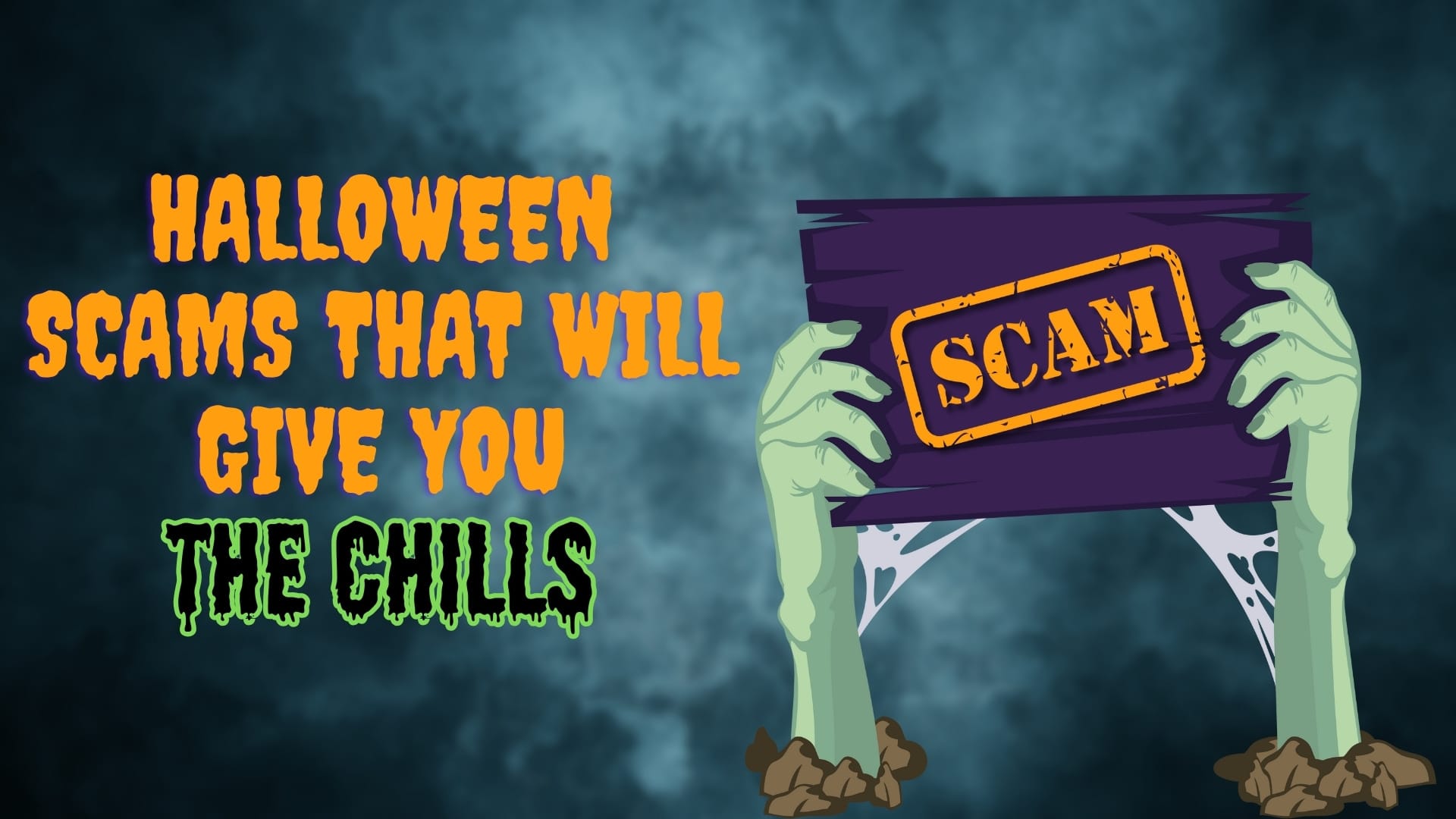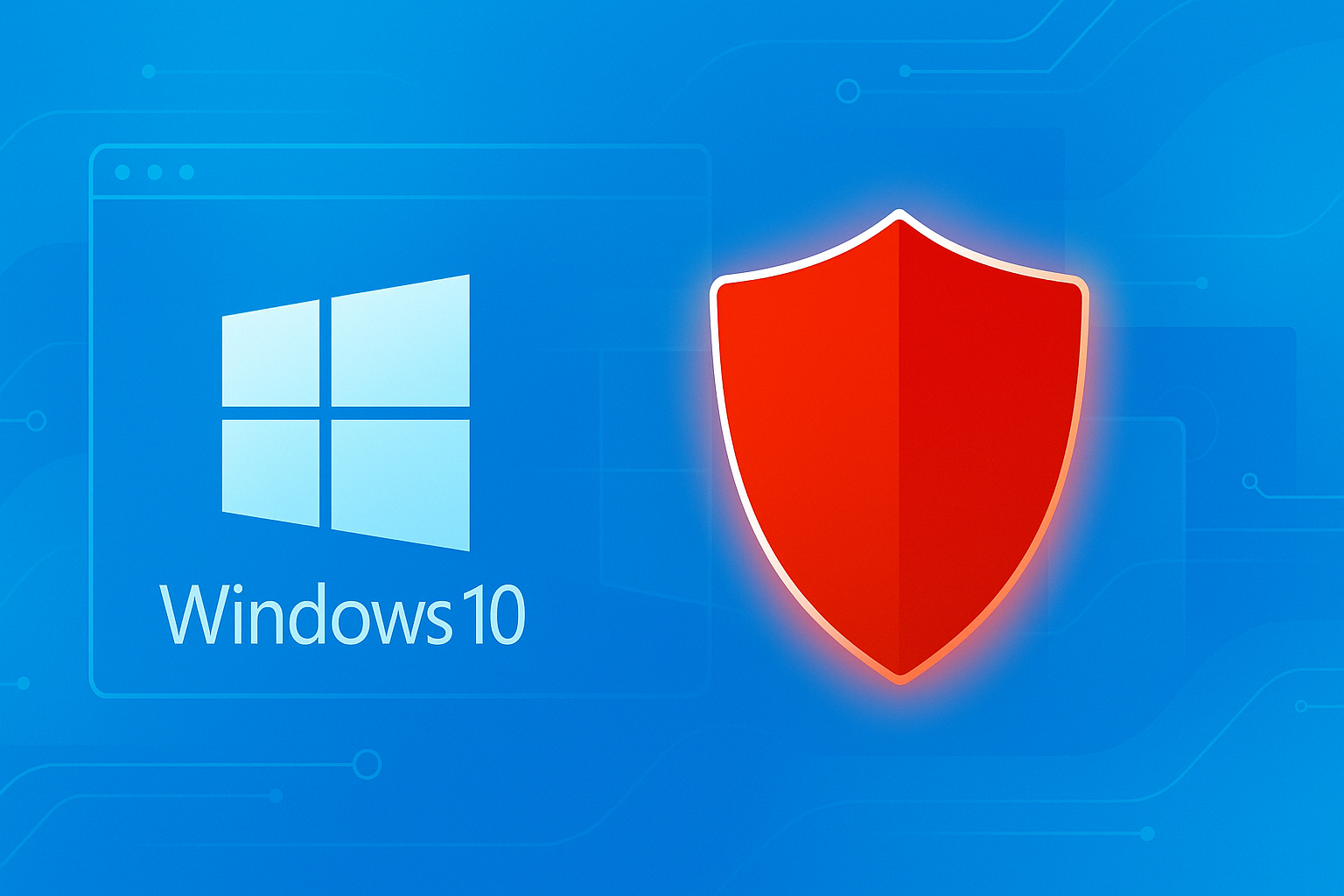Stop Losing Money to Chargebacks: 10 Tips for Small Business Owners

Chargebacks can quietly chip away at your profits if you're not paying attention. A chargeback happens when a customer contacts their bank to reverse a payment instead of asking you for a refund. Maybe they didn't recognize the charge, had a bad experience, or simply couldn't reach you in time.
For small businesses, these disputes aren't just annoying—they cost time, money, and, in some cases, even your reputation with payment providers.
By 2026, chargeback fraud is expected to cost merchants around $28.1 billion—a 40% increase compared to 2023. And it’s not just the transaction that hurts: for every $1 lost to fraud, U.S. businesses are projected to lose $4.61 in total, once you factor in fees, lost goods, and admin time.
Even when merchants challenge chargebacks, they only win about 45% of the time—and the actual recovery rate is just 18%.
While not every dispute can be prevented, many chargebacks can be avoided with better communication, clear processes, and a few simple updates to the way you run your business.
10 Practical Tips to Help You Avoid Chargebacks
1. Write Clear Product Descriptions and Set Realistic Expectations
A lot of chargebacks happen simply because the customer didn't receive what they expected. To prevent this, start with clear and accurate product descriptions. Include details like size, materials, color, and what's included in the box. Add high-quality photos from different angles and allow customers to leave reviews when possible. If you sell secondhand or refurbished items, be upfront about any cosmetic damage or missing parts.
If possible, let customers leave reviews or post their own photos. Real feedback helps set the right expectations.
Be just as clear about your shipping timelines. Let customers know upfront how long processing takes, when to expect delivery, and whether items are in stock or on backorder. If something is out of stock, say so—and avoid taking payment unless you're confident about delivery.
2. Give Clear Receipts and Use a Recognizable Business Name
Always send itemized receipts—by email, text, or printed copy—showing exactly what the customer bought. This helps prevent misunderstandings and gives you a record in case a dispute comes up.
Also make sure your business name shows up clearly on their credit card statement. If your legal or registered name is different from the one customers recognize, talk to your payment processor about adjusting your billing descriptor. A confusing name alone can lead to unnecessary chargebacks.
Related: 7 Types of Credit Card Fraud & How Your Businesses Can Avoid Them
3. Be Transparent About Your Return and Refund Policies
When customers don't know how to return an item—or think it's too complicated—they may go straight to their bank for a refund. To avoid this, make your return policy easy to find, easy to understand, and consistent across your website, receipts, and confirmation emails.
If possible, remind customers of your return policy before they pay. For in-person sales, some businesses even include a short version on the receipt and ask for a quick signature to show the customer was informed.
4. Use Contracts for Services and Subscriptions
If your business offers services, subscriptions, or anything with recurring payments, written agreements are a must. A contract sets clear expectations and gives you something to point to if a chargeback is filed.
Make sure your contract spells out what the customer is paying for, when charges occur, how to cancel, and how changes are handled. For subscriptions, it's smart to send reminders before each charge and include links to cancel or update payment info—it helps avoid confusion and builds trust.
5. Stay Organized with Orders, Shipping, and Inventory
Clerical errors are one of the most common (and preventable) causes of chargebacks. That includes things like duplicate charges, incorrect items, missing refunds, or shipping products that are out of stock.
To stay ahead of this, check your inventory daily, organize your fulfillment process, and use a point-of-sale (POS) system that helps you track orders and manage returns. The more smoothly things run behind the scenes, the fewer issues you'll have with customers.
6. Send Shipping Confirmations and Tracking Info
Customers want to know when their order is on the way—and they want the ability to track it. As soon as you ship, send a message with tracking info and a quick confirmation.
If there's a delay, notify them right away. Staying proactive builds trust and gives customers peace of mind—making it less likely they'll file a chargeback due to confusion or frustration.
7. Learn to Spot Fraud Before It Hits
Not all chargebacks come from honest mistakes. Sometimes, people try to get something for free—or scammers use stolen cards to place fake orders. That's why it's worth learning the red flags of payment fraud.
Watch for unusually large orders, rush shipping requests, mismatched billing, and shipping addresses, or multiple failed payment attempts. If something feels off, trust your gut and take a closer look before you ship.
Related: How to Stop Chargeback Fraud from Hurting Your Small Business
8. Use Secure Payment Tools and Fraud Filters
The tools you use for processing payments matter. Choose a platform that includes built-in fraud protection like CVV checks, address verification (AVS), and 3-D Secure for online payments.
In person, use chip readers or contactless options instead of swiping cards—these methods are more secure. For online purchases, enable extra verification steps to block suspicious transactions before they're completed.
Related: What is a BIN Attack and Why Is Your Very Small Business at Risk?
9. Fix Issues Quickly and Communicate Proactively
Even when things go smoothly most of the time, mistakes happen. Maybe you shipped the wrong item or charged a customer twice by accident. The key is to act fast.
Reach out as soon as you notice the problem. Offer a refund, replacement, or whatever makes the most sense—before the customer contacts their bank. A quick apology and a clear solution often stop a dispute before it starts.
10. Train Your Team and Keep Systems Updated
If you have employees handling payments or customer service, make sure they're trained to follow best practices. That includes checking payment details, confirming customer information, and explaining your return policy.
Also, keep your systems updated—whether it's your POS, payment app, or online store platform. Outdated software is more prone to errors, bugs, and security gaps, all of which can lead to costly chargebacks.
Related: Responding to a Cyberattack - What to Do When You Get Hacked: A Small Business Guide
Bitdefender Ultimate Small Business Security makes cybersecurity easier. It protects your devices, systems, and sensitive customer data from threats that could lead to chargebacks—like account takeovers, stolen payment info, or malicious software that interferes with your operations.
It includes advanced malware protection, phishing and fraud defense, a secure VPN, and even scam detection powered by AI—so your staff is less likely to fall for fake emails or suspicious links. It's designed for businesses with up to 25 employees, so it's easy to manage without needing an IT department.
Check out our plans for small businesses.
tags
Author
Cristina is a freelance writer and a mother of two living in Denmark. Her 15 years experience in communication includes developing content for tv, online, mobile apps, and a chatbot.
View all postsRight now Top posts
Microsoft Is Done With Windows 10 but Bitdefender Will Keep You Safe Until October 2026
October 14, 2025
Recruitment Scam Alert: Fraudsters Impersonate Bitdefender in Fake Job Interviews
October 13, 2025
FOLLOW US ON SOCIAL MEDIA
You might also like
Bookmarks







